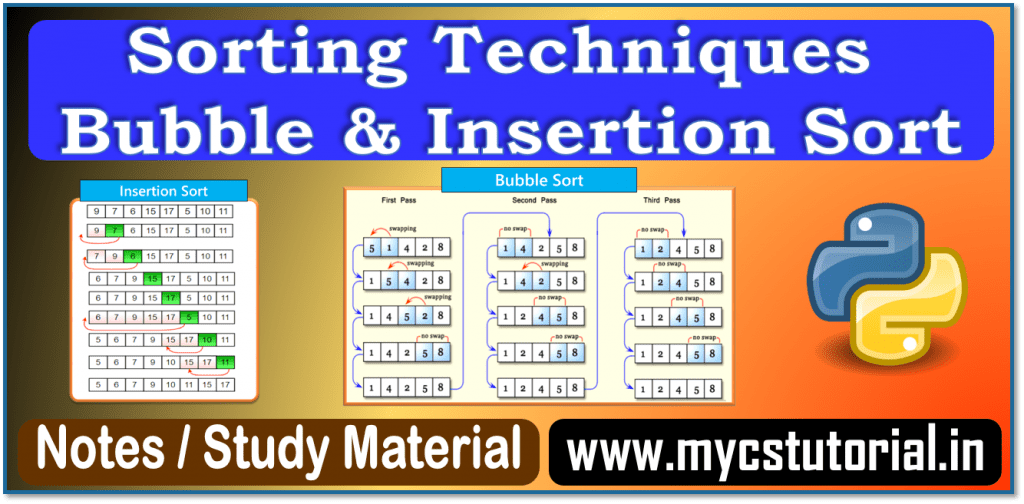Class 11 Computer Science NCERT Book Study Material as PDF
Class 11 Computer Science NCERT Book Study Material as PDF Are you a Class 11 student looking for reliable and easy-to-understand study material for Computer Science? We’ve got you covered! The NCERT Class 11 Computer Science Book is the best resource to build a strong foundation in programming, data handling, and computer systems. 🔍 Why […]
Class 11 Computer Science NCERT Book Study Material as PDF Read More »













